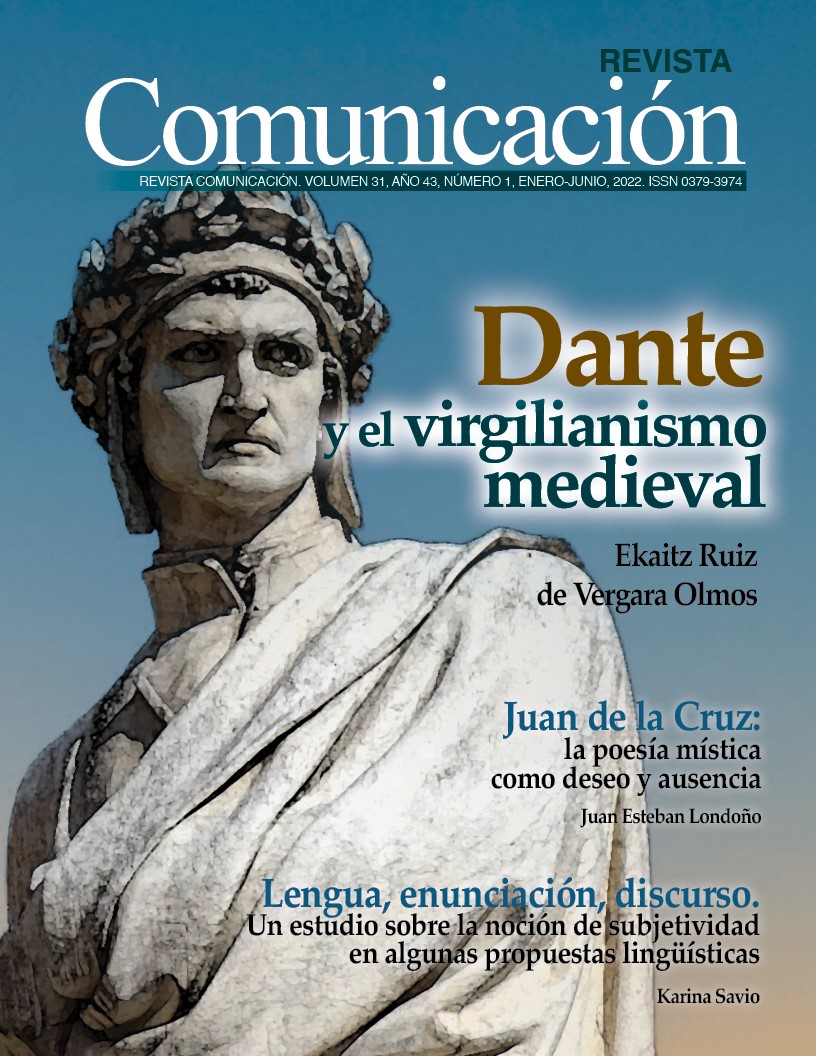Multimodality in Preventive Health Posters: A Look at the Structure of the Linguistic Fact and the Ways of Transmitting the Message
Main Article Content
Abstract
This research is based on the analysis of 156 Costa Rican public health preventive posters published between 2014 and 2018, considering their characteristics, classification and hierarchy of the existing resources. The aim is to delve into the description of the genre of health campaigns. The selected posters are part of digital files of the three healthcare institutions in charge: Ministry of Health, Costa Rican Social Security Administration and Institute of Alcoholism and Drug Dependency. The study was conducted using the MAXQDA 2020 qualitative analysis software, divided into three stages: corpus collection, analysis and systematization of results. The methodology was based on the multimodality approach of Kress and van Leeuwen (2006) and the linguistic act organization approach of Charaudeau (2004, 2006). It is concluded that Charaudeau's suggestion allows classifying the posters according to the most prolific production instance and the most relevant target audience; aiming, in most cases, to encourage the audience to perform an action or behavioral change, and based on relevant topics for the current Costa Rican health field. This study also reveals the presence of different modes in the texts and which ones appear in a repetitive way, indicating which are the prevailing modes used to express meaning. The results show that the verbal mode continues to play a dominant role in texts, despite the fact that they all have a multimodal character.
Article Details

This work is licensed under a Creative Commons Attribution-NonCommercial-NoDerivs 3.0 Unported License.
Política de acceso abierto
Esta revista provee acceso libre inmediato a su contenido bajo el principio de que hacer disponible gratuitamente investigación al público apoya a un mayor intercambio de conocimiento global.
Ser una revista de acceso abierto, implica que todo el contenido es de libre acceso y sin costo alguno para el usuario o usuaria, o institución. Las personas usuarias pueden leer, descargar, copiar, distribuir, imprimir y buscar los artículos en esta revista sin pedir permiso previo del editor o el autor con fines educativos y no de lucro.
La única limitación de la reproducción y la distribución, y el único papel de los derechos de autor en este ámbito, debe ser dar a los autores el control sobre la integridad de su trabajo y el derecho a ser debidamente reconocidos y citados. (Budapest Open Access Iniciative)
LICENCIAMIENTO Y PROTECCIÓN INTELECTUAL
Todos los artículos publicados, están protegidos con una licencia Creative Commons 3.0 (Creative Commons Reconocimiento – NoComercial – SinObraDerivada) de Costa Rica. Consulte esta licencia en: http://creativecommons.org/licenses/by-nc-sa/3.0/cr/
Las licencias constituyen un complemento al derecho de autor tradicional, en los siguientes términos:
- Se impide la obra derivada (es decir, no se puede alterar, transformar ni ampliar el documento).
b. Siempre debe reconocerse la autoría del documento referido.
c. Ningún documento publicado en la Revista Comunicación, puede tener fines comerciales de ninguna naturaleza.
Mediante estas licencias, la revista garantiza al autor que su obra está protegida legalmente, tanto bajo la legislación nacional como internacional. Por tal motivo, cuando sea demostrada la alteración, la modificación o el plagio parcial o total de una de las publicaciones de esta revista, la infracción será sometida a arbitraje internacional en tanto que se están violentando las normas de publicación de quienes participan en la Revista y la Revista misma. La institución afiliada a Creative Commons para la verificación en caso de daños y para la protección de dichos productos es el Instituto Tecnológico de Costa Rica, mediante la Editorial Tecnológica y la Vicerrectoría de Investigación.
References
Chacón, M.,Vergara, A.,Marroquín, L. (2022). Multimodalidad en carteles preventivos de la salud: una mirada a la estructura del hecho lingüístico y a las formas de transmisión del mensaje. Revista Comunicación, 31(1), 64-84

